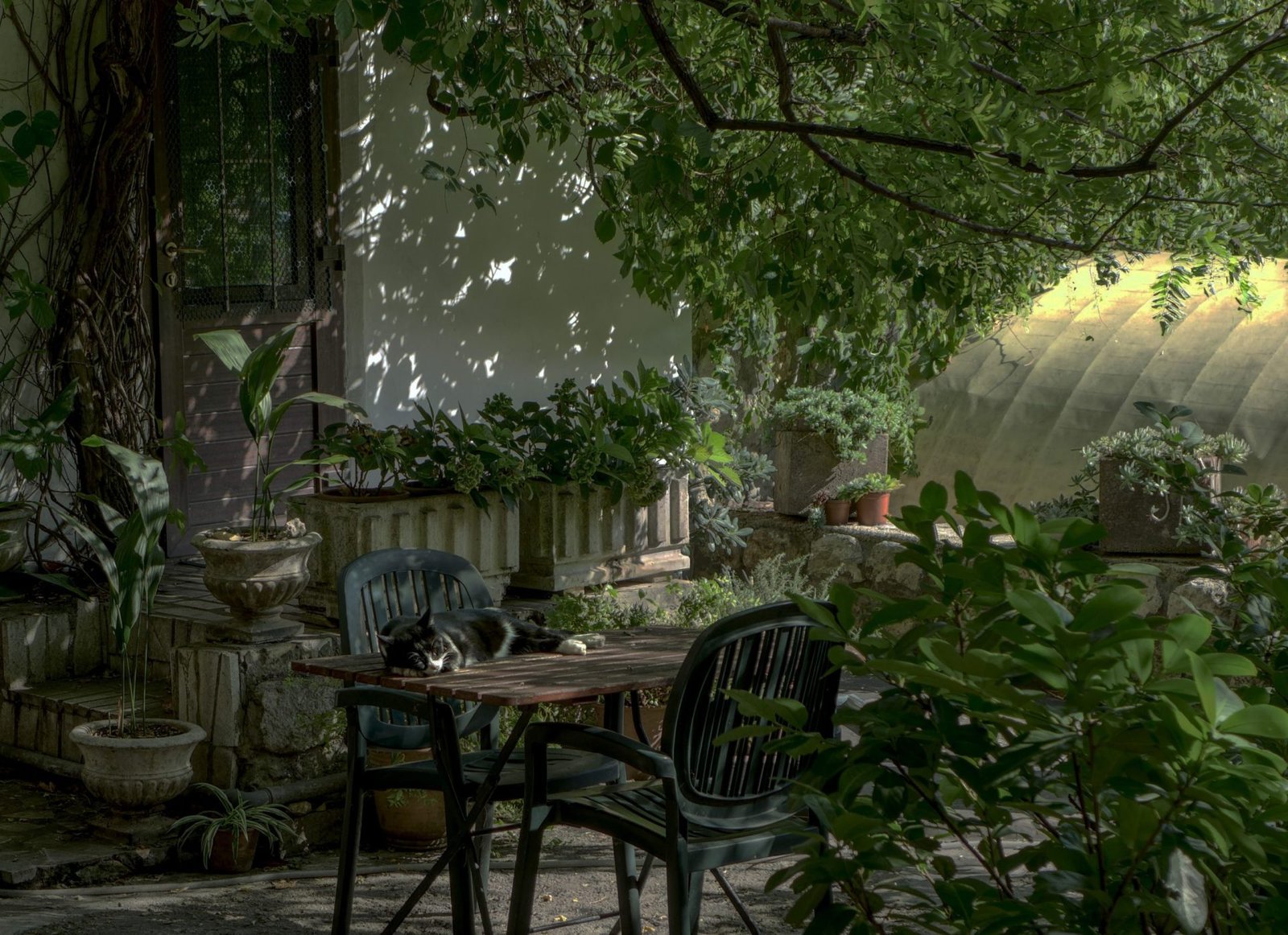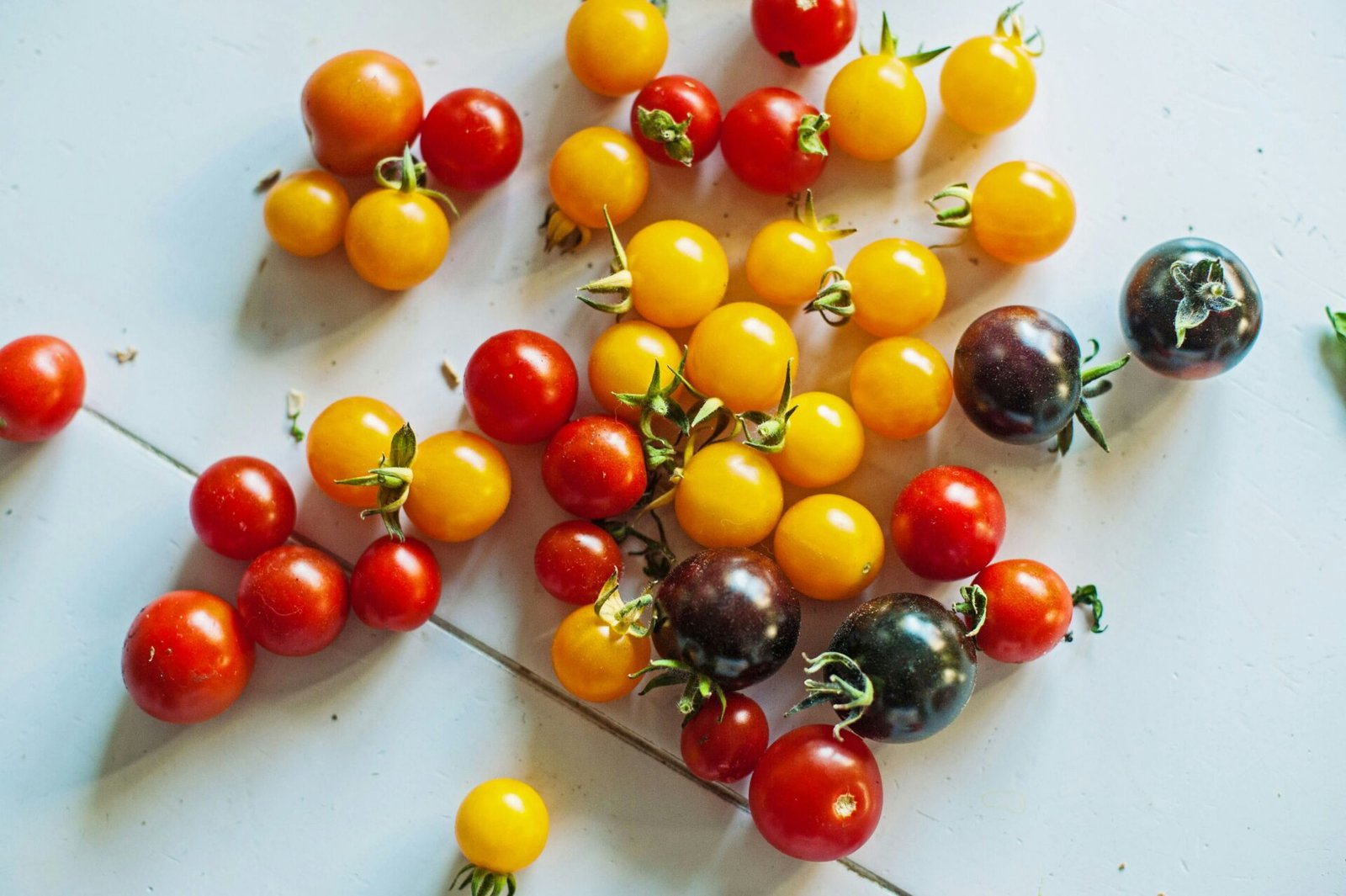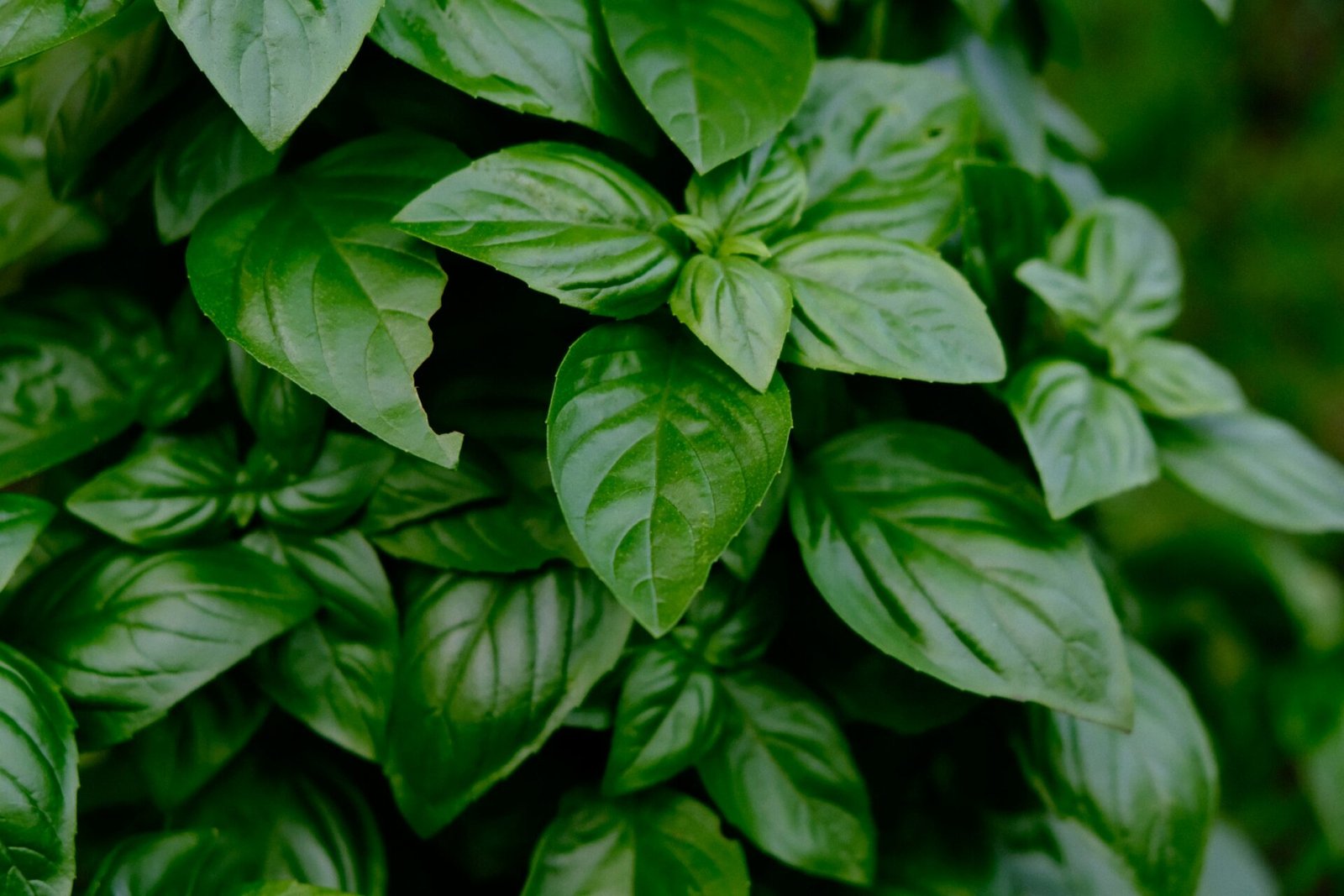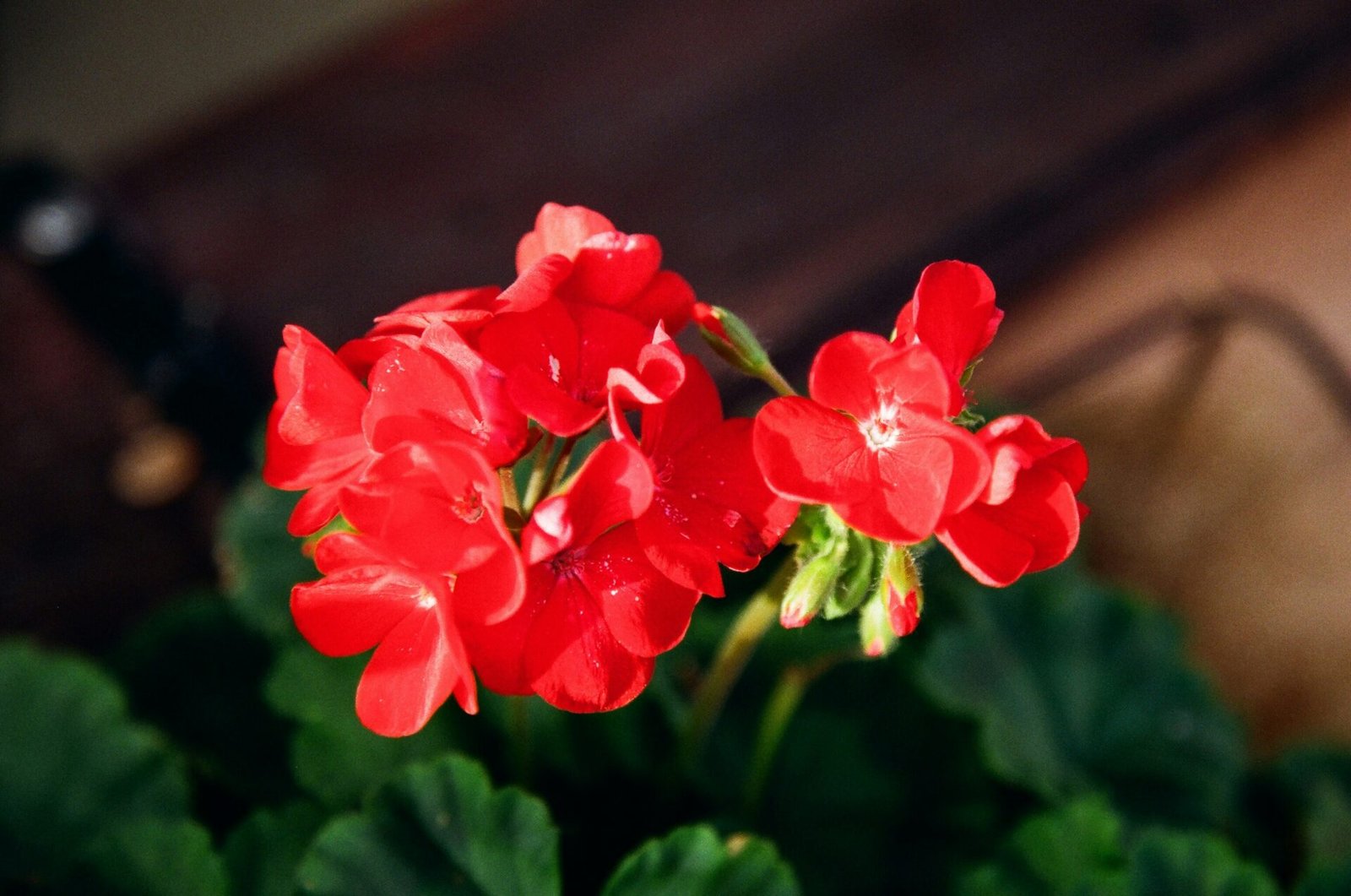Urban gardening’s become my go-to oasis in the concrete jungle. I’ve learned that even in the smallest of spaces, you can cultivate a lush little corner that’s all your own. Whether you’ve got a windowsill or a tiny balcony, there’s a green thumb waiting to sprout in all of us.
Starting your own urban garden might seem daunting, but I’m here to guide you through the basics. I’ll show you that with a few simple tips and tricks, you can turn any nook and cranny into a verdant retreat. Trust me, it’s easier than you think, and the rewards? They’re as bountiful as the harvest you’ll reap.
Choosing the right location for your urban garden
Finding an optimal spot for your urban garden is crucial for the livelihood of your plants. You’ll want to pick a place that receives ample sunlight since light is a vital resource for plant growth. Most herbs and vegetables need about six hours of direct sunlight per day to thrive. But don’t worry if your space isn’t bathed in sunlight all day; some plants do well in partial shade or require less intense sun exposure.
Consider your balcony, patio, or windowsill as potential gardening spots. If you’re leaning towards a windowsill, ensure it’s stable enough to hold plant containers and that it catches enough daylight. For balcony or patio gardens, taking note of the direction it faces will help you understand the patterns of sun and shade throughout the day.
Airflow is another factor to keep in mind as well-chosen circulation can prevent diseases and support pollination. However, avoid overly windy spots which could damage your plants or dry out the soil too quickly.
If you’re limited to indoor spaces, technology has your back. With grow lights, you can provide the necessary light requirements for your plants, even in the darkest rooms.
Accessibility should not be overlooked. I always suggest choosing a location that’s easy for you to reach for regular watering and maintenance— this will help keep your garden flourishing.
Remember to be mindful of the weight of your planters, especially if you’re utilizing a balcony or rooftop. A structural assessment might be necessary to ensure the safety and integrity of your space.
Selecting the right location might involve a bit of trial and error but observing your available space at different times of day and being aware of the conditions your chosen plants require will lead to an enticing urban oasis in no time.
Selecting the right plants for your space
Once you’ve pinpointed the perfect spot for your urban garden, the next step is to choose the right plants to thrive in that environment. Each plant has its own requirements for sunlight, water, temperature, and space, and it’s crucial to match these with the conditions you can offer. I’ve learned that doing a bit of research upfront saves you from disappointment later.
Herbs and leafy greens often do exceptionally well in urban spaces. They generally don’t require as much room and can adapt to less than ideal conditions compared to fruit-bearing plants. I’ve had great success with basil, parsley, mint, spinach, and lettuce. Plus, there’s a rewarding bonus: their harvest windows are shorter, so you can enjoy your produce sooner.
For limited outdoor spaces or balconies, consider container-friendly vegetables like cherry tomatoes, peppers, and radishes. These can be grown in pots or hanging planters which utilise vertical space effectively. Here’s a simple yet essential tip: ensure your containers have adequate drainage to prevent waterlogged roots, which can spell disaster for your plants.
If you’re tackling indoor gardening, think about succulents or air-purifying plants which require minimal natural light and are low maintenance. Snake plants, ZZ plants, and spider plants are some of my favorites that add greenery to the home while cleaning the air.
When space allows, you can venture into more substantial production with bush or dwarf variety fruit trees. I recommend dwarf citrus trees like lemons and limes for a fragrant and functional addition to a sunny patio.
And don’t forget, regional climate plays a part in plant selection too. Opt for native species or those adapted to your area’s weather patterns and temperatures for a garden that’s in harmony with its environment.
Remember, start small. Picking a few plants to start will help you manage your garden better and get to know each plant’s unique needs. Over time, you can expand your garden as your green thumb grows in confidence and skill.
Understanding the basic requirements of urban gardening
When I first explored urban gardening, I quickly realized that success hinges on understanding a few core aspects. Soil quality is paramount. Unlike vast rural spaces with naturally nutrient-rich earth, urban soil may be compacted and depleted of key nutrients. I’ve found that investing in high-quality potting mix and incorporating organic material like compost can significantly boost plant health and yield.
Next up is watering. Urban plants often require consistent moisture levels, but the trick is achieving a balance. Overwatering can lead to root rot, while under-watering causes stress and wilt. I use a simple finger test to check the soil’s moisture before deciding to water. If the top inch is dry, it’s time for a drink; otherwise, I’ll wait another day.
Another crucial element is access to sunlight. Most edibles need substantial sunlight to thrive — typically 6 to 8 hours a day. It’s essential to observe the light patterns in your space and choose plants that match those conditions. Even in shaded areas, plants like leafy greens can perform well with less direct exposure.
Then there’s pest control, an unavoidable aspect when working with plants. I prefer natural pest deterrents to keep my garden eco-friendly. Options like neem oil, diatomaceous earth, or even companion planting can be effective against common pests, and they don’t harm the environment.
For those looking to incorporate technology, gardening apps can be invaluable. They help in tracking plant growth, remind you to water or fertilize, and even identify diseases. Apps like Garden Manager or Planta have made it easier for me to stay on top of my urban garden’s needs.
Remember, the success of an urban garden stems from a blend of dedication and knowledge, with a little help from technology. By paying attention to these basic requirements, even beginners can enjoy the urban greening experience.
Starting your urban garden from seeds or seedlings
When beginning an urban garden, one critical decision you’ll face is whether to start from seeds or seedlings. Both have their advantages, but your choice may depend on various factors including time, cost, and the satisfaction of nurturing a plant from its earliest stages.
Starting with seeds is generally more cost-effective and offers a wider variety of plant options. Seeds can be purchased online or at your local garden store, providing you the opportunity to select from a plethora of species that thrive in urban environments. However, it’s important to note that seeds require more time to grow. They need to be started indoors, often in seed trays or starter pots, weeks before the last frost date if you’re planning to eventually transition them outdoors.
Conversely, seedlings are young plants that have already started growing. They’re ideal if you’re looking for a head start in your garden. With seedlings, it’s easier to visualize the future layout of your urban space since they provide immediate structure and form. It’s also less time-consuming than nurturing from seed, but the cost is usually higher, and there are generally fewer varieties of plants to choose from compared to seeds.
Here are some tips for success with whichever method you choose:
- For seeds:
- For seedlings:
Incorporating technology like gardening apps can help you keep track of watering schedules and growth progress, which can be especially handy when dealing with the delicate nature of seedlings and newly sprouted seeds. Remember that patience is key when starting an urban garden. Whether you choose seeds or seedlings, I’m here to remind you that the initial effort you put into your garden setup paves the way for a lush, green space that you’ll enjoy for seasons to come.
Essential tools and supplies for urban gardening
When you’re ready to dive into the world of urban gardening, having the right tools and supplies can make all the difference. I’ve learned through experience that a few key items are essential to get started. First and foremost, reliable garden gloves are a must. They’ll protect your hands from soil, potential skin irritants, and minor cuts.
Next, you’ll need a set of quality hand tools. Here’s a shortlist of what I find indispensable:
- Hand trowel: for digging and planting
- Pruning shears: to keep plants in shape and remove dead foliage
- Watering can or hose: for consistent and controlled watering
Investing in a sturdy container or raised beds can also elevate your urban gardening game. Containers offer flexibility in small spaces, while raised beds create a designated gardening area that can improve soil conditions and ease back strain.
Don’t forget the importance of the right soil and fertilizers. Urban soil can vary, so I always go for high-quality potting mix and organic fertilizers tailored to the specific needs of my plants. It’s crucial for healthy growth and yields.
Moreover, consider incorporating trellises or support stakes for climbing plants or vegetables like tomatoes and cucumbers. They help optimize space and increase sun exposure to all parts of the plant.
To keep track of your plants’ needs, investing in labels or markers is a wise choice. This way, you won’t have to rely on memory alone about what’s planted where and any specific care instructions.
Lastly, a good compost bin can be very beneficial. It allows you to recycle kitchen scraps into nutrient-rich compost, which is excellent for your garden’s health without needing to buy fertilizer.
Remember, start small with the basics and as your garden grows, so can your toolkit. I always advise other beginners to expand their supplies progressively. That way, you learn what works best for your space and preferences, which is a critical part of the urban gardening journey.
Maintaining and caring for your urban garden
After setting up your urban garden with the essentials, maintaining it becomes the next crucial step. Regular checks are my go-to tip for spotting potential issues early. I dedicate time each day to observe my plants, looking out for signs of pests or disease, which could become serious if left untreated.
Watering is another critical aspect. I use a watering schedule tailored to the needs of my plants, being careful to avoid over or under-watering. Early morning is usually the best time to water, reducing evaporation and giving plants plenty of moisture to get through the day. For those with busier schedules, drip irrigation systems can be an efficient solution.
Nutrient management is essential for plant health and bountiful yields. I apply organic fertilizers regularly, sticking to the instructions on the label to prevent over-fertilization. Observing the growth and color of plant leaves often clues me in on their nutritional status. Yellowing leaves may indicate a need for more nitrogen, while stunted growth could signal a lack of phosphorous.
Pests and diseases can be a major headache, but I’ve found that preventive measures can significantly reduce these problems. I opt for companion planting and natural predators like ladybugs to keep pest populations in check. If I spot an issue, I prefer using organic pest control methods, aiming to be as gentle on the ecosystem as possible.
Pruning is a task that shouldn’t be overlooked. I regularly prune to remove dead or diseased foliage, which helps to improve air circulation and light penetration, encouraging healthy plant growth. Additionally, keeping a compost bin not only aids in recycling kitchen scraps but provides a steady supply of rich compost to fold back into the soil, enhancing its quality and fertility over time.
Troubleshooting common issues in urban gardening
When tending to my urban garden, I’ve noticed a few hurdles that seem common among city gardeners. Managing these efficiently can make or break your green space.
Limited Space is often the most evident challenge. To overcome this, I use vertical gardening; it maximizes yield by growing upwards and not outwards. It’s perfect for everything from herbs to strawberries. Trellises, wall planters, and hanging baskets are all great options for making the most of what you’ve got.
Then there’s the issue of Inadequate Sunlight. Some urban gardens are shrouded by buildings or trees. When you can’t bring your garden to the sun, you bring the sun to your garden. Grow lights can be real lifesavers here. They provide the right spectrum of light that plants need to photosynthesize, and today’s LED versions are energy-efficient and long-lasting.
Pollution is another biggie. Plants can be sensitive to contaminated air and water. To counteract this, I’ve found it essential to choose plants that are tolerant of urban environments.
Watering’s a bit tricky, too. Over-watering can be just as harmful as under-watering. I recommend using a soil moisture meter to ensure you’re giving your plants the right amount of water – not too much or too little.
One more thing is Pests and Diseases. They can seem invincible, but I’ve got a knack for keeping them at bay. Regular inspection is key. If you spot anything suspicious, act quickly. I usually opt for organic pest control methods, like neem oil or insecticidal soaps, as they’re safe for the environment and for us, urban gardeners.
Remember, it’s all about staying proactive and adaptive. As you gain experience, you’ll become a pro at spotting these common issues before they become major problems. Keep up the regular maintenance, be mindful of your urban garden’s special needs, and you’ll nurture a thriving green oasis in the heart of the city.
Maximizing space in your urban garden
Urban gardening often comes with the challenge of making the most out of limited space. From my experience, the key to a successful small-scale garden is optimizing each square inch with creative solutions. One approach I’ve found particularly effective is the use of tiered plant stands. By stacking plants vertically, you save valuable floor space and can grow more in a confined area.
Containers are also a game-changer for space-deprived urban gardens. With a range of sizes and styles, you can adjust your gardening strategy to fit just about any nook or cranny. Here are some container options that work wonders:
- Window boxes
- Rail planters
- Stackable pots
But it’s not just about what types of containers you use; it’s also about how you use them. Opt for plants that have complementary growth habits. For instance, tall, slim plants can be paired with spreading species to make full use of the vertical and horizontal space.
Interplanting is another technique I swear by. It involves growing quick-harvest crops like lettuce or radishes between slower-growing varieties such as tomatoes or peppers. This ensures that there’s never a wasted spot in your garden. As you harvest the faster-growing crops, you also provide more room for the remaining plants to thrive.
Moreover, remember to look up for additional growing locations. Rooftops, balconies, and even walls can be transformed into productive garden spaces. Vertical gardens not only add a lush element to your urban dwelling but also tap into often-overlooked planting areas. Wall-mounted planters and trellis systems can support a variety of herbs, flowers, and even some vegetables.
By integrating these space-saving tips into your urban garden, you’ll find that a limited area doesn’t have to limit your green thumb ambitions. Keep experimenting with different layouts and planting techniques until you discover what works best for your unique space. The beauty of urban gardening lies in its adaptability and the creative opportunities it affords.
Creating a sustainable and eco-friendly urban garden
After setting up the space-saving aspects of an urban garden, it’s time to address its sustainability. By adopting eco-friendly practices, I can not only provide a bounty of fresh produce but also contribute to the health of the environment. Here are some ways to ensure my urban garden flourishes while being kind to the planet.
Composting is one of the easiest methods to promote sustainability. By turning kitchen scraps and yard waste into compost, I’m able to create a rich, organic material that improves soil health and reduces the need for chemical fertilizers. The process is simple:
- Collect green waste (vegetable peels, coffee grounds, etc.)
- Gather brown waste (leaves, twigs, paper)
- Alternate layers of green and brown materials in a bin
- Keep the pile moist and turn it periodically
Another critical aspect of a sustainable urban garden is water conservation. Here are some efficient irrigation practices I’ve found to be effective:
- Installing a drip irrigation system to minimize water usage
- Collecting rainwater in barrels for irrigation purposes
- Mulching to reduce water evaporation from the soil
It’s also important to choose plants that are native or well-suited to the local climate since these require less water and are more resilient to pests and diseases. To further support the ecosystem, I can include plants that attract beneficial insects, such as bees and ladybugs, to aid in pollination and natural pest control.
As I integrate sustainability into my urban garden, I focus on using natural and recycled materials wherever possible. Old containers, pallets, and even discarded furniture can be upcycled into unique planters. This not only adds character to my space but also cuts down on waste.
Prioritizing organic methods is key. I avoid synthetic pesticides and opt for natural alternatives, such as neem oil or insecticidal soap, to deal with unwanted pests. It’s all about striking a balance between achieving garden yields and preserving the well-being of the surrounding environment. With thoughtful planning and sustainable practices, I’m able to enjoy a thriving urban oasis that’s as green as the plants it hosts.
Conclusion
Embarking on urban gardening is a rewarding journey that not only beautifies your space but also contributes to the health of our planet. By embracing composting, efficient watering, and the selection of suitable plants, you’re laying the groundwork for a garden that’s as sustainable as it is delightful. Remember, every eco-friendly choice you make is a step towards a greener, more sustainable future. So go ahead, let your garden be a testament to your commitment to the environment and watch as your urban oasis flourishes. Happy gardening!
Frequently Asked Questions
What are the key elements of a sustainable urban garden?
A sustainable urban garden should incorporate composting, efficient irrigation like drip systems or rainwater collection, planting native species, using natural materials, and practicing organic gardening methods.
How does composting benefit my urban garden?
Composting enriches the soil with nutrients, improves soil texture, and encourages healthy plant growth, making it a cornerstone of sustainable gardening.
What are the best types of irrigation for an urban garden?
Drip irrigation systems and rainwater harvesting are the most efficient for urban gardens as they conserve water and deliver it directly to the plant roots, reducing waste.
Why should I choose native plants for my garden?
Native plants are adapted to local conditions, require less water and maintenance, and support local wildlife, enhancing the sustainability of your garden.
Is it possible to use recycled materials in my garden?
Absolutely, using recycled materials for planters or decorative elements reduces waste and adds a unique touch to your garden while being environmentally friendly.
Can organic gardening methods really make a difference?
Yes, employing organic gardening methods avoids the use of harmful chemicals, promotes biodiversity, and maintains soil health, contributing to a more sustainable ecosystem.





